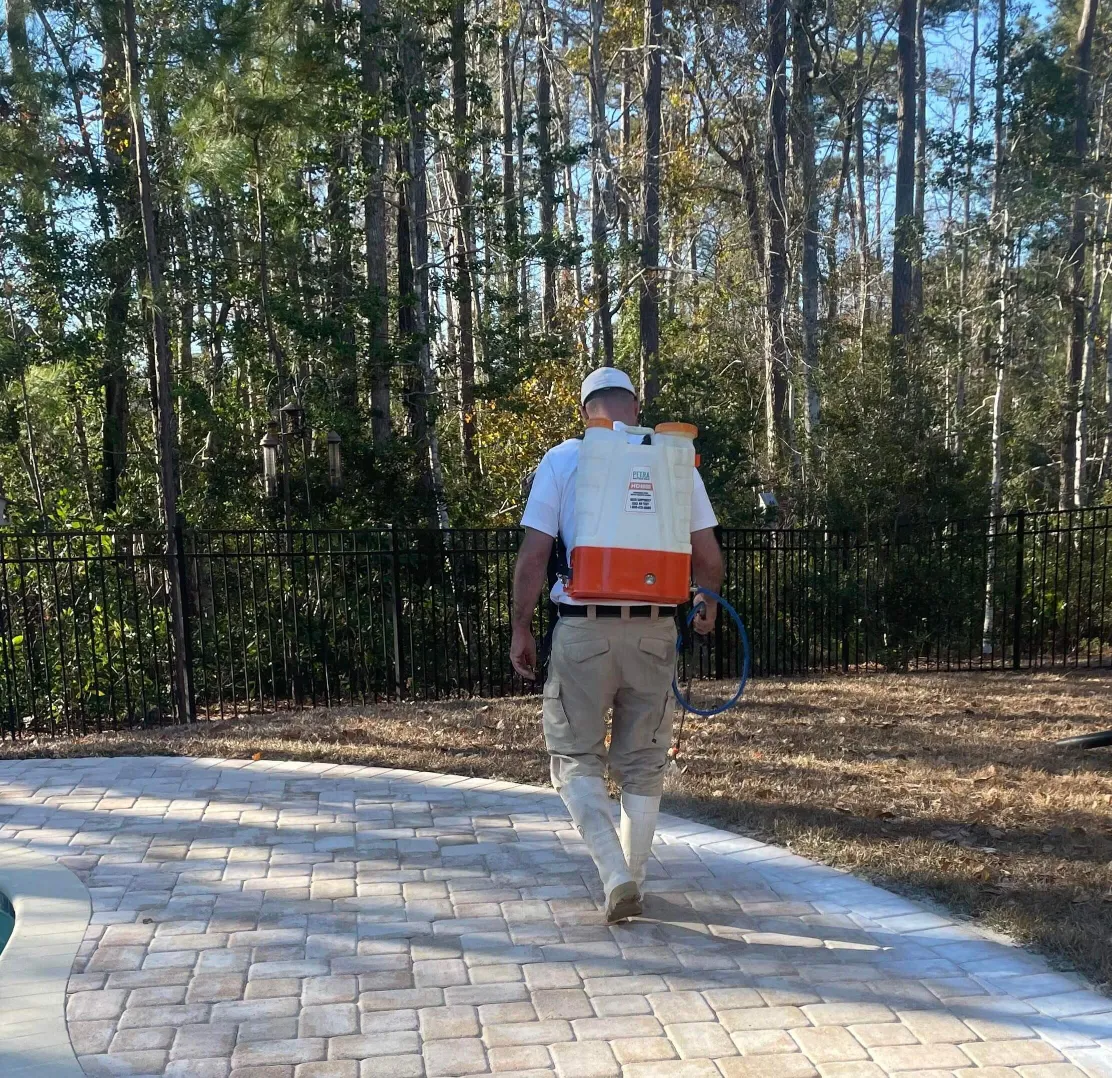Oxidation on siding refers to the natural process by which the outer surface of certain siding materials reacts with oxygen in the air over time, leading to a change in color and appearance. It’s a common issue with materials like vinyl siding, aluminum siding, and some types of painted wood siding. Oxidation can manifest as a chalky or faded appearance, with the siding losing its original luster and vibrancy.
The oxidation process typically occurs due to exposure to ultraviolet (UV) radiation from sunlight, environmental pollutants, and weather conditions. While it is a natural phenomenon, many homeowners find it unsightly and prefer to restore their siding to its original appearance.
Here are some methods to address oxidation on siding:
- Cleaning: Regular cleaning of oxidized siding can help remove surface grime, dust, and pollutants that contribute to the chalky appearance. You can clean your siding using a mild detergent, a soft-bristle brush, and a garden hose. Be cautious not to use abrasive materials or harsh chemicals that could damage the siding further.
- Power Washing: Pressure washing can be effective in removing oxidation from siding. However, it should be done carefully and with the appropriate pressure settings to avoid damaging the siding or forcing water underneath it, which can lead to mold or other issues.
- Oxidation Removers: There are commercial oxidation removers or cleaners available that are specifically designed to address this issue. These products can be applied following the manufacturer’s instructions. Be sure to rinse thoroughly after application.
- Painting or Siding Restoration: If cleaning and oxidation removers do not yield satisfactory results, consider repainting the siding or undergoing a siding restoration process. This typically involves cleaning, repairing any damage, and applying a new coat of paint or siding sealant. Professional services may be needed for this option.
- Siding Replacement: In cases of severe oxidation or if you’re looking to upgrade your siding, you might opt for siding replacement with a new, more durable material that is less prone to oxidation.
It’s important to note that the effectiveness of these methods can vary depending on the type and extent of oxidation, as well as the specific siding material. Additionally, some older siding may have oxidized to the point where cleaning or restoration is not sufficient, and replacement may be the best option.
Before attempting any cleaning or restoration process, it’s advisable to consult with a professional siding contractor or seek guidance from the manufacturer of your siding material to ensure you use the appropriate methods and products for your specific siding type and condition.





